- Have any questions?
- +86-189 8930 5995
- sales@mosinterchem.com.cn
Xanthophyll CAS 127-40-2

Isoflavone CAS 574-12-9
21/12/2018
Secoisolarisiresinol Diglucoside CAS 158932-33-3
21/12/2018| Model: | MOS 127-40-2 |
| Brand Name: | MOSINTER |
| CAS No.: | 127-40-2 |
| Purity: | 5% ,10% ,20% ,50% ,80% ,90% |
| Purity: | 5% ,10% ,20% ,50% ,80% ,90% |
| Brand: | MOSINTER |
| Molecular formula: | C40H5602 |
| Molecular weight: | 568.85 |
Xanthophylls from alfalfa (CAS 127-40-2)
| Item | Index |
| Appearance | Orange powder, dark yellow or brown liquid awards |
| Purity | 5% ,10% ,20% ,50% ,80% ,90% |
Xanthophylls (originally phylloxanthins) are yellow pigments that form one of
two major divisions of the carotenoid group. The name is from Greek xanthos
and phyllon due to their formation of the yellow band seen in early chromatography
of leaf pigments. Their molecular structure is similar to carotenes, which form the
other major carotenoid group division, but xanthophylls contain oxygen atoms, while
carotenes are purely hydrocarbons with no oxygen. Xanthophylls contain their oxygen
either as hydroxyl groups and/or as pairs of hydrogen atoms that are substituted by
oxygen atoms acting as a bridge (epoxide). For this reason, they are more polar than
the purely hydrocarbon carotenes, and it is this difference that allows their separations
from carotenes in many types of chromatography. Typically, carotenes are more orange
in color than xanthophylls.
Like other carotenoids, xanthophylls are found in highest quantity in the leaves of most
green plants, where they act to modulate light energy and perhaps serve as a non-photochemical
quenching agent to deal with triplet chlorophyll (an excited form of chlorophyll)[citation needed],
which is overproduced at high light levels in photosynthesis. The xanthophylls found in the bodies
of animals, and in dietary animal products, are ultimately derived from plant sources in the diet. For
example, the yellow color of chickenegg yolks, fat, and skin comes from ingested xanthophylls
(primarily lutein, which is often added to chicken feed for this purpose).
The yellow color of the human macula lutea (literally, yellow spot) in the retina of the eye comes
from the lutein and zeaxanthin it contains, both xanthophylls again requiring a source in the human
diet to be present in the eye. These function in eye protection from ionizing blue light, which they
absorb. These two specific xanthophylls do not function in the mechanism of sight, since they
cannot be converted to retinal (also called retinaldehyde or vitamin A aldehyde).
The group of xanthophylls includes (among many other compounds) lutein, zeaxanthin, neoxanthin,
violaxanthin, and α- and β-cryptoxanthin. The latter compound is the only known xanthophyll to
contain a beta-ionone ring, and thus β-cryptoxanthin is the only xanthophyll that is known to
possess pro-vitamin A activity for mammals. Even then, it is a vitamin only for plant-eating
mammals that possess the enzyme to make retinal from carotenoids that contain beta-ionone
(some carnivores lack this enzyme). In species other than mammals, certain xanthophylls may
be converted to hydroxylated retinal-analogues that function directly in vision. For example,
with the exception of certain flies, most insects use the xanthophyll derived R-isomer of
3-hydroxyretinal for visual activities, which means that β-cryptoxanthin and other xanthophylls
(such as lutein and zeaxanthin) may function as forms of visual “vitamin A” for them, while
carotenes (such as beta carotene) do not.
You must be logged in to post a review.

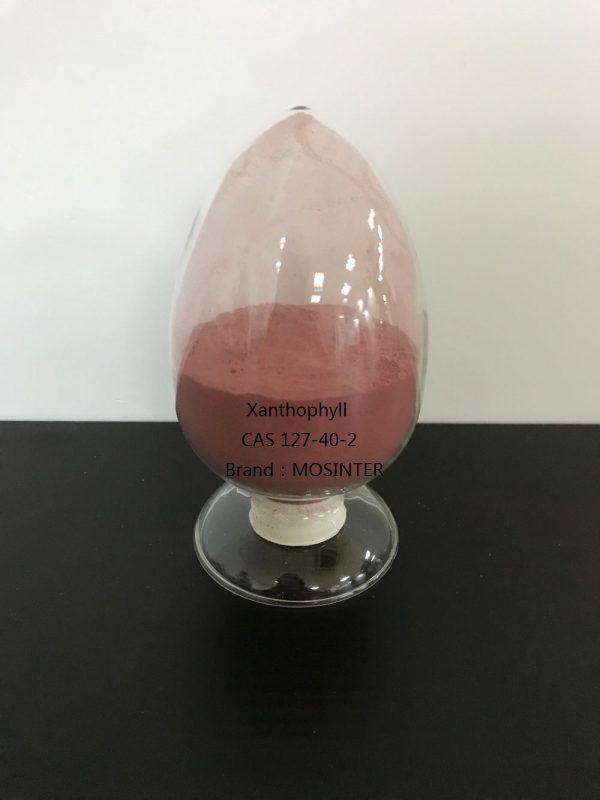
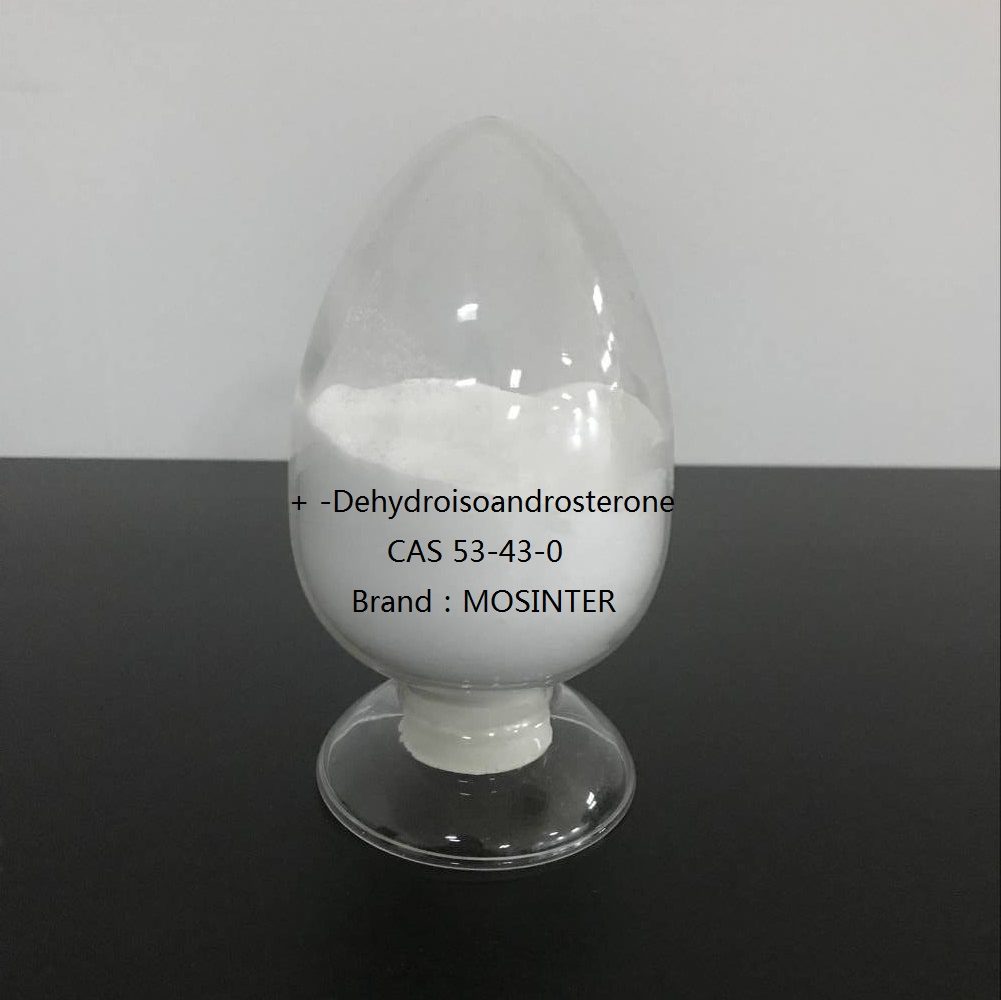
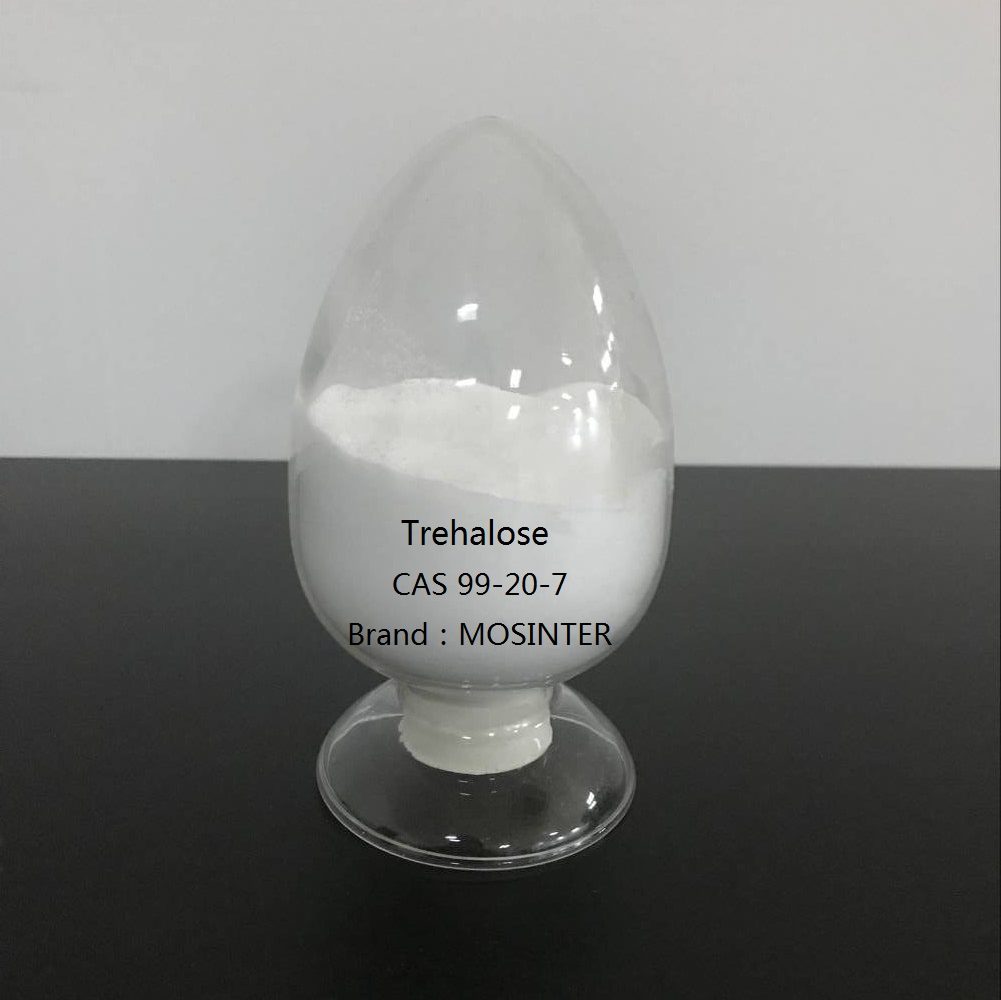
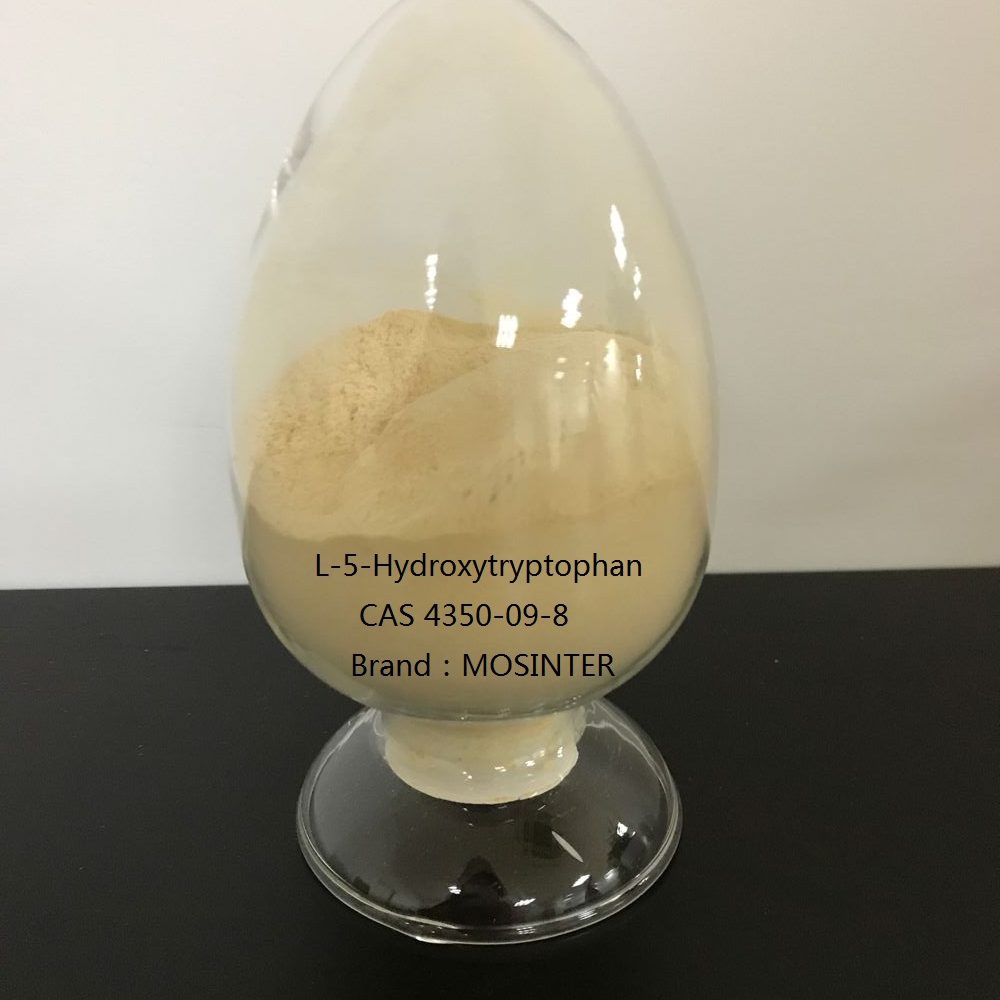
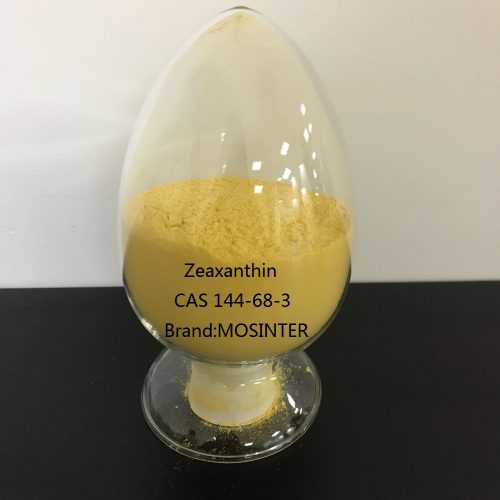
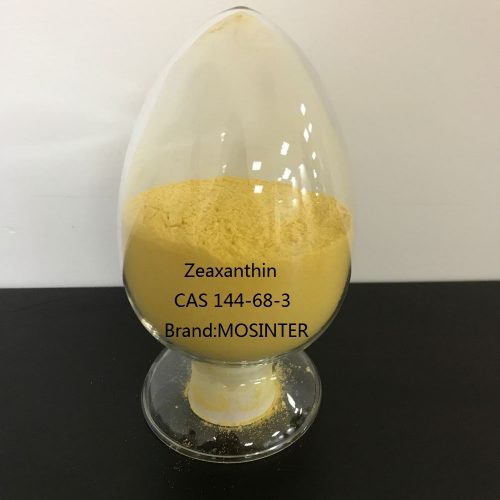
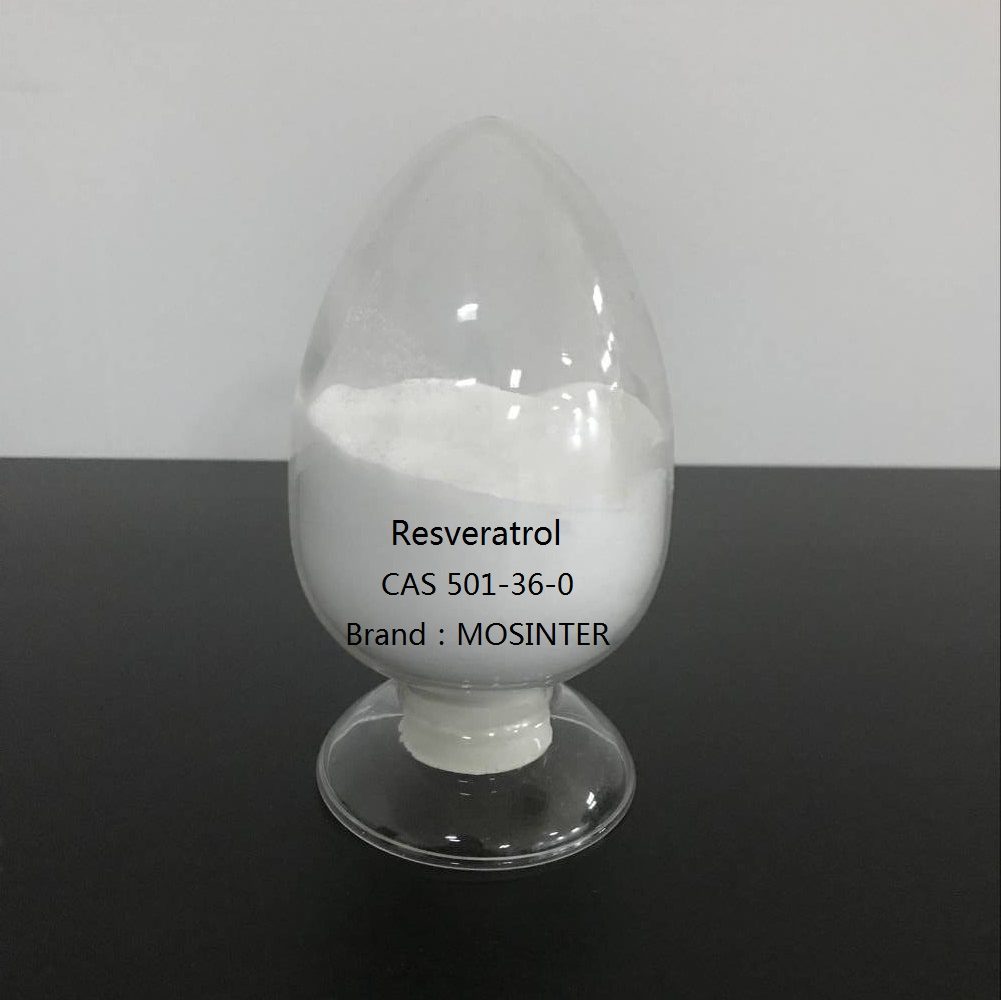
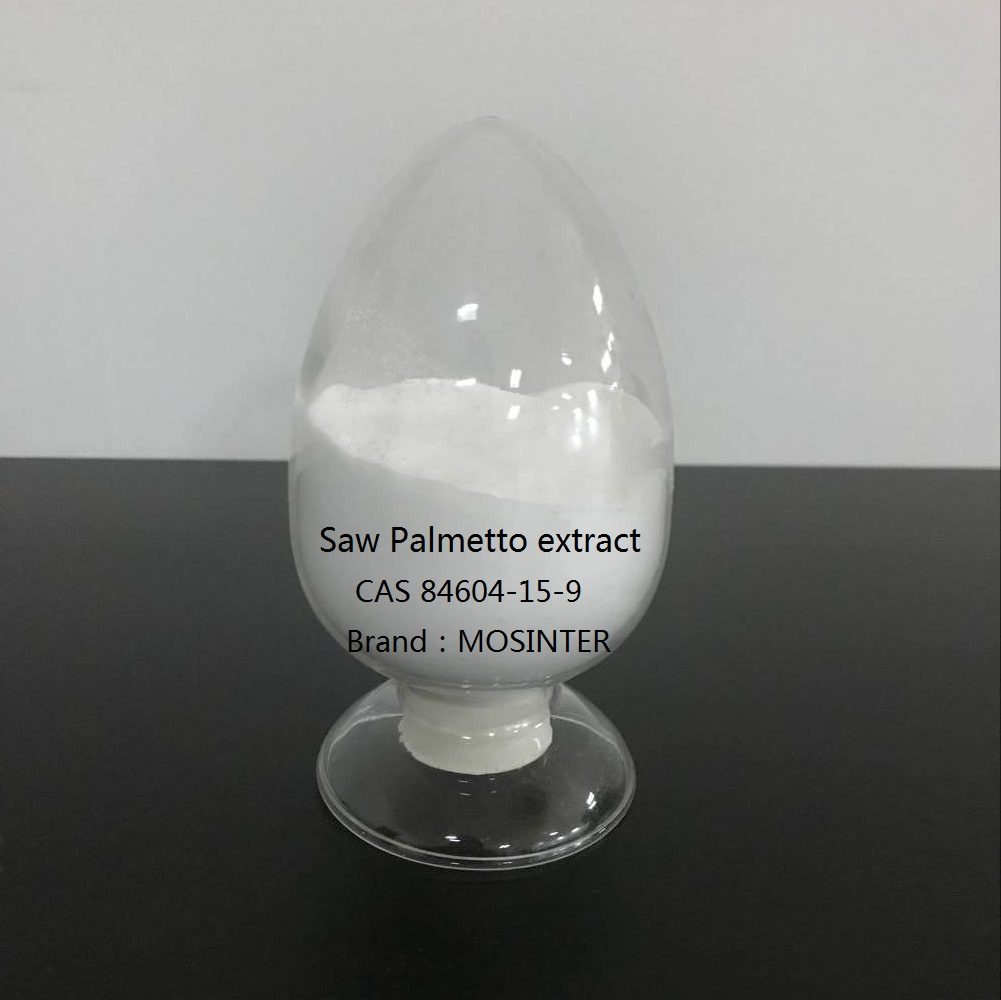
Reviews
There are no reviews yet.